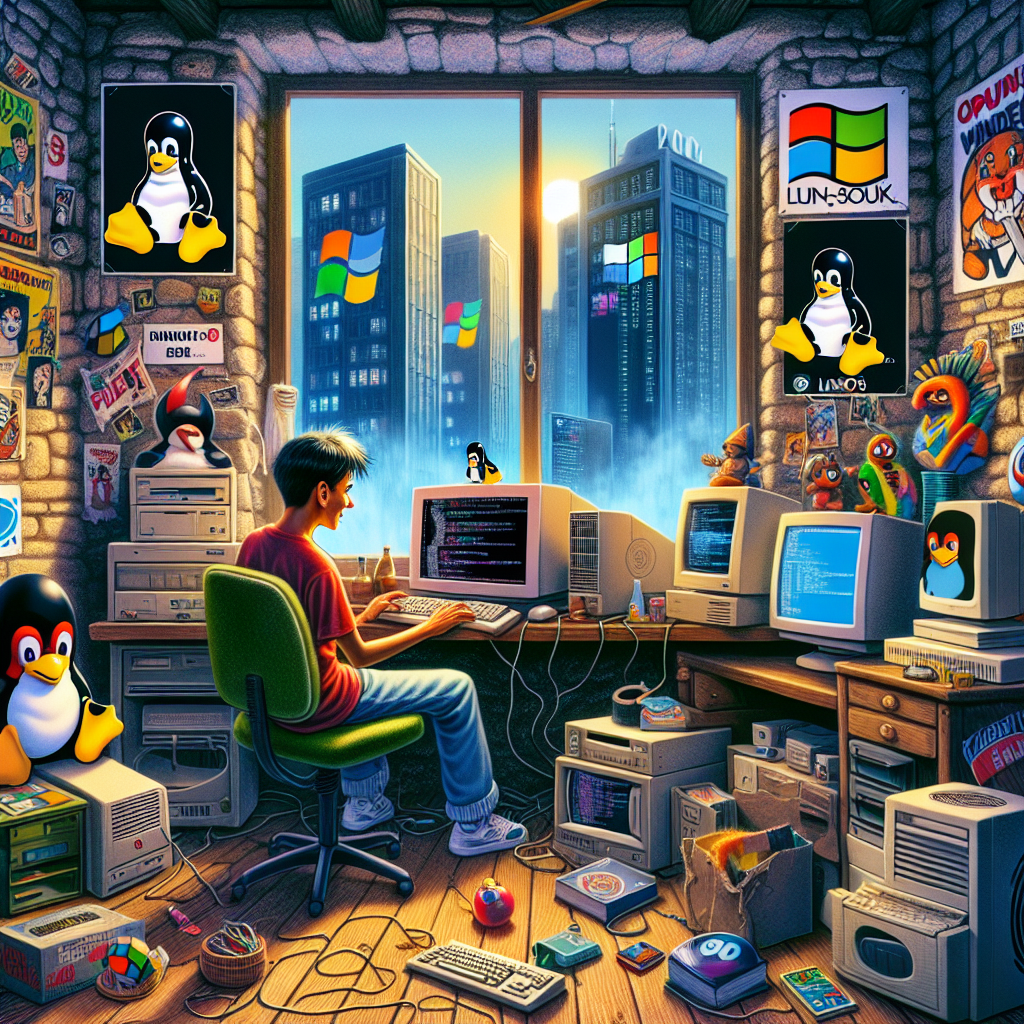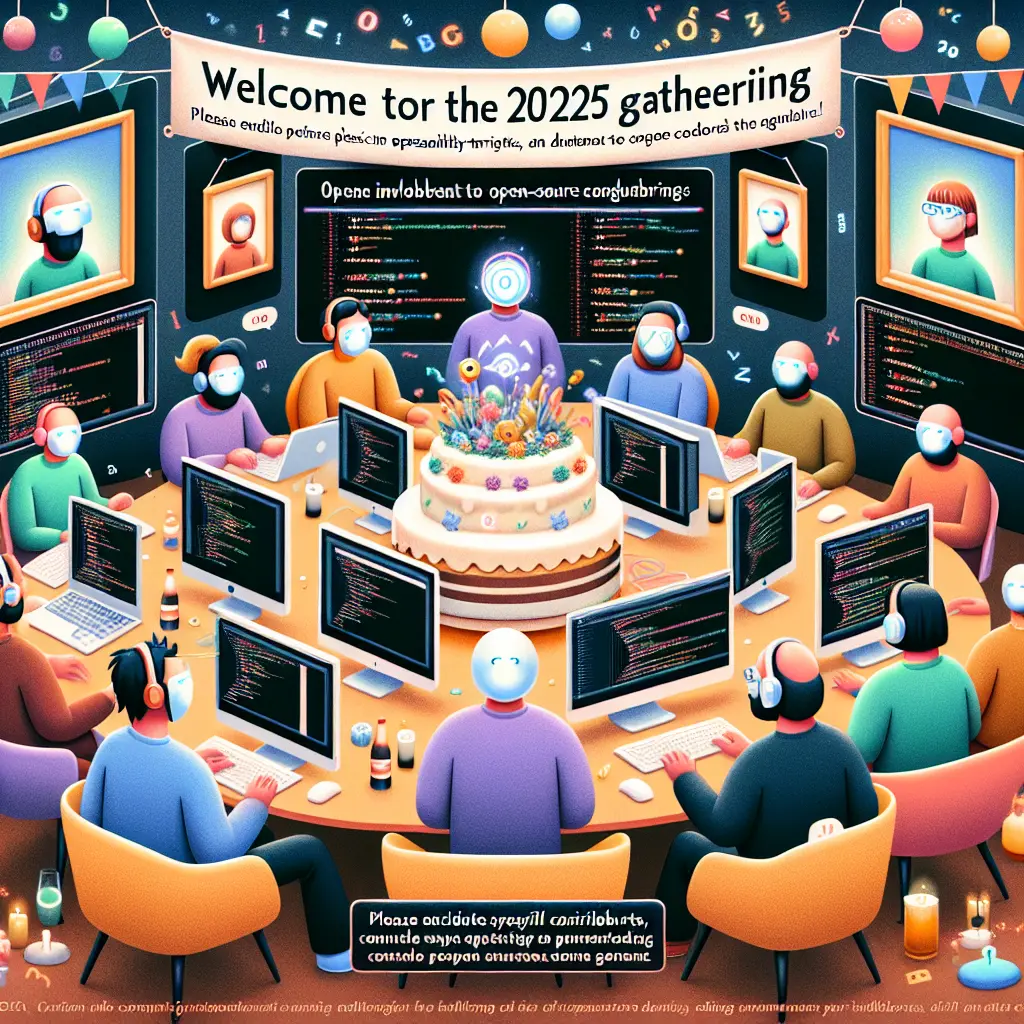The journey of open source software projects—especially Linux on the desktop—has been filled with promise, passion, and perennial challenges.
Growing up during the technology boom of the 1990s meant witnessing rapid advances in hardware, the rise of the internet, and a whole new era of operating systems. While Windows 95 and 98 dominated personal computing, tech enthusiasts discovered a bold, community-driven alternative: Linux. Touted as more stable, secure, and flexible than its commercial rivals, Linux sparked a decades-long debate about when it would finally become the go-to desktop OS—a quest often referred to as “the year of the Linux desktop.”
The Allure and Reality of Early Linux Desktop Projects
In 1999, distributions like SuSE Linux 6.3 appeared on store shelves boasting easy installation and user-friendliness for both home and office. The prospect was exciting: an operating system designed by and for its users, promising freedom from corporate bloat and instability. However, early adopters soon encountered rough edges. User interfaces lacked polish compared to Windows 98 or BeOS, hardware compatibility was spotty—often requiring users to manually compile kernel modules—and running Windows software or games via projects like Wine frequently led to frustration.
Shifting Focus: Linux Finds Its Strengths Elsewhere
As Microsoft delivered increasingly stable desktop experiences with Windows 2000 and XP, many users found new uses for Linux outside traditional desktop environments. Open source router projects like FreeSCO and Smoothwall transformed old PCs into robust network appliances. Embedded systems engineering also flourished with platforms like Yocto, establishing Linux as the default choice for specialized applications. For a significant portion of enthusiasts, interacting with Linux from the command line or within dedicated contexts became more practical than daily desktop use.
The Persistent Challenge: Fragmentation
One of open source’s greatest strengths—freedom of choice—proved to be a double-edged sword. The proliferation of distributions (Ubuntu, Fedora, Arch, Debian, Alpine, and many more) brought diverse package managers and conventions but also created confusion and inconsistency. Efforts like the Linux Standard Base (LSB) aimed to unify core elements but faded away, making software distribution convoluted and user experiences highly inconsistent between distributions.
Navigating Technical Hurdles: Security, Architecture, and Hardware Support
Security Models and System Architecture
Linux’s dedication to UNIX-like permissions and hierarchical filesystems provides robust security but introduces complexity. Everyday tasks such as configuring SSH keys or running network tools demand an understanding of user groups and privileges. Service management also varies widely between distributions—whether using SysV, Systemd, Upstart, or OpenRC—leaving little consensus for managing services, particularly graphical applications.
Kernel Instability and Driver Woes
Kernel driver support remains a pain point in open source development. Unlike Windows’ stable driver API, each Linux kernel update can break driver compatibility, requiring users to recompile third-party modules. This ongoing challenge especially affects those with new hardware, such as WiFi or Bluetooth devices, who often endure cycles of breakage and patching.
Open Source Dreaming: Reimagining the Desktop Experience
Despite these ongoing challenges, open source innovation remains vibrant and wide-ranging. Projects like Haiku, a modern reimagining of BeOS focused on coherence and usability, and ReactOS, an ambitious attempt to deliver an open source Windows-compatible OS, illustrate the enduring spirit of community-driven development. These efforts underscore that open source is not just about providing alternatives but about rethinking what computers can be when built by communities instead of corporations.
Key Takeaways for Open Source Software Projects
- User-Centric Focus: Projects must address the real needs and expectations of their target audience from inception.
- Consistency Matters: Standardization across distributions and platforms reduces complexity for developers and users alike.
- Balance Flexibility with Simplicity: While options empower advanced users, intuitive defaults are essential for mainstream adoption.
- Documentation is Key: Comprehensive guides and onboarding materials—like those detailed boxed manuals from years past—remain invaluable.
Looking Ahead: The Ever-Evolving Landscape of Open Source
The odyssey of Linux on the desktop may never reach its final destination; each passing year brings fresh hopes for broader adoption. Yet along this journey, open source projects have revolutionized technology at every tier—from network routers to embedded devices to groundbreaking operating systems still under development. As we peer into the future, there is every reason to believe that open source will continue to nurture creativity, collaboration, and meaningful progress in computing.
For a deeper look into this remarkable journey, visit the full story at Hackaday: My Winter of '99 – The Year of the Linux Desktop Is Always Next Year.
Keep hacking, keep building—the next breakthrough in open source is always just around the corner.
Open source is not merely about software—it is a movement that continues to shape how we interact with technology and each other.
Stay inspired by the possibilities ahead!









Leave a Comment